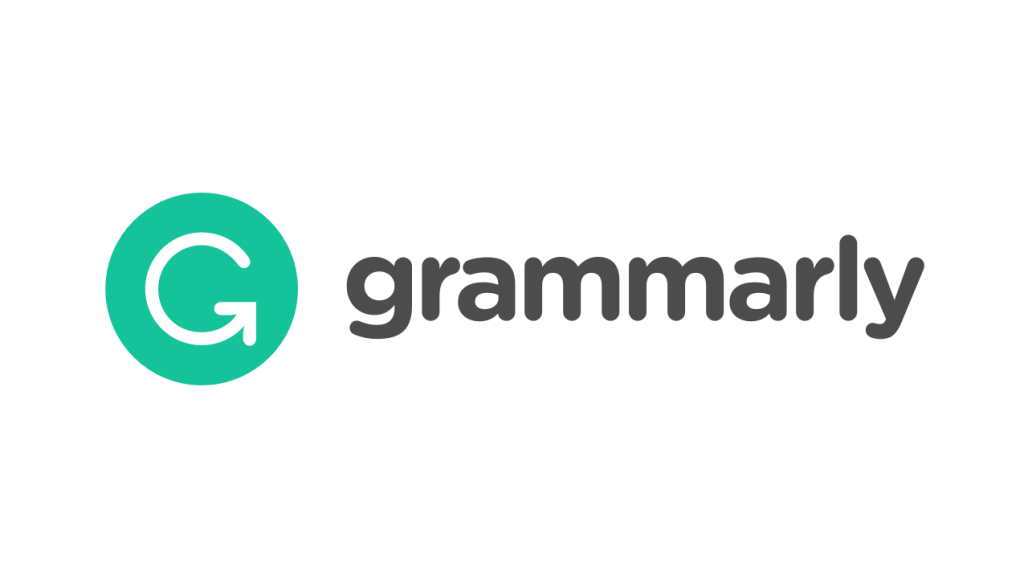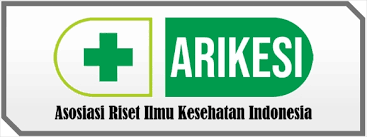Modulated Hepatic Expression of NF-kB and CCN1 Genes in a Breast Cancer Mouse Model Induced by DMBA and High-Fat Diet
Abstract
Background: The study investigates the combined effects of 7,12-dimethylbenz[a]anthracene (DMBA) and a high-fat diet (HFD) on hepatic gene expression in a breast cancer mouse model. Both DMBA and HFD are associated with oxidative stress, inflammation, and fibrosis, which may contribute to cancer progression.
Methods: Female C57BL/6 mice were divided into three groups: standard diet (ND), ND + DMBA, and HFD + DMBA. Mice in the ND + DMBA and HFD + DMBA groups received DMBA injections weekly for six weeks. The HFD + DMBA group was also fed a high-fat diet for four weeks prior to DMBA administration. After a 12-week treatment period, liver tissues were collected and analyzed for NF-κB and CCN1/CYR61 gene expression using semi-quantitative RT-PCR.
Results: The study revealed significant upregulation of NF-κB and CCN1/CYR61 expression in the ND + DMBA and HFD + DMBA groups compared to the control group. Notably, the HFD + DMBA group exhibited the highest expression levels of these genes, suggesting that the combination of HFD and DMBA synergistically exacerbates hepatic inflammation and fibrosis.
Conclusion: The findings indicate that a high-fat diet in combination with carcinogen exposure can significantly enhance hepatic gene expression related to inflammation and fibrosis, highlighting the importance of dietary management in cancer prevention and treatment.
Keywords
Full Text:
PDFReferences
Fisher, R., Taha, D. I., & Capes, J. (2016). Role of liver inflammation and fibrosis in cancer metastasis. Journal of Hepatology, 64(2), 404-414. https://doi.org/10.1016/j.jhep.2015.09.023
Friedman, S. L., Ratziu, V., & Harrison, S. A. (2018). Non-alcoholic fatty liver disease: A review of the current understanding and therapeutic options. Gastroenterology, 154(6), 1551-1568. https://doi.org/10.1053/j.gastro.2018.02.009
Gilmore, T. D., & Garbati, M. R. (2011). Inhibitors of NF-kappaB signaling: A review of their effects in cancer. Clinical Cancer Research, 17(1), 11-19. https://doi.org/10.1158/1078-0432.CCR-10-1605
Gao, B., & Bataller, R. (2011). Alcoholic liver disease: Pathogenesis and new therapeutic targets. Gastroenterology, 141(5), 1572-1585. https://doi.org/10.1053/j.gastro.2011.09.021
Grivennikov, S. I., Greten, F. R., & Karin, M. (2010). Carcinogenesis initiated and driven by inflammation. Journal of Clinical Investigation, 120(1), 1-9. https://doi.org/10.1172/JCI41388
Jun, J. I., & Lau, L. F. (2018). CCN1/CYR61 in fibrotic disease: A matrix protein with many functions. Matrix Biology, 68-69, 333-345. https://doi.org/10.1016/j.matbio.2018.01.005
Kociba, R. J., & Schwetz, B. A. (2018). Carcinogenicity studies of 7,12-dimethylbenz[a]anthracene (DMBA). Environmental Health Perspectives, 81, 169-174. https://doi.org/10.1289/ehp.818169
Kim, K. K., Wei, Y., & Willis, B. C. (2021). Hyperoxia-induced NF-kB activation mediates fibrotic response in the lung. Journal of Biological Chemistry, 296, 100419. https://doi.org/10.1074/jbc.RA120.014268
Lau, J., O’Doherty, M. G., & Liu, L. F. (2020). High-fat diet and cancer progression: The role of metabolic inflammation. Journal of Clinical Oncology, 38(15_suppl), e18512-e18512. https://doi.org/10.1200/JCO.2020.38.15_suppl.e18512
Leask, A., & Abraham, D. J. (2016). TGF-beta signaling and the fibrotic response. Journal of Pathology, 232(2), 260-272. https://doi.org/10.1002/path.4501
Lu, P., Weaver, V. M., & Werb, Z. (2012). The extracellular matrix: A dynamic niche in cancer progression. Journal of Cell Biology, 196(3), 395-406. https://doi.org/10.1083/jcb.201108052
Macedo, S. A., Santos, A. M., & Bachega, M. (2017). The role of the liver in cancer progression: Implications for therapy. Hepatology International, 11(1), 135-143. https://doi.org/10.1007/s12072-016-9765-8
Musso, G., Gambino, R., & Cassader, M. (2018). Interactions between liver, fat tissue, and gut microbiota in the development of obesity and nonalcoholic fatty liver disease. Digestive Diseases, 36(4), 298-305. https://doi.org/10.1159/000489088
Nguyen, V. T., Le, Q. V., & Nguyen, T. H. (2021). Dietary fat intake and liver cancer risk: Systematic review and meta-analysis. Cancer Epidemiology, Biomarkers & Prevention, 30(1), 32-45. https://doi.org/10.1158/1055-9965.EPI-20-0657
Sanyal, A. J., Mofrad, P., & Contos, M. J. (2018). A prospective study of nonalcoholic fatty liver disease in patients with obesity and type 2 diabetes. Gastroenterology, 154(3), 783-793. https://doi.org/10.1053/j.gastro.2017.10.038
Siegel, R. L., Miller, K. D., & Jemal, A. (2023). Cancer statistics, 2023. CA: A Cancer Journal for Clinicians, 73(1), 17-48. https://doi.org/10.3322/caac.21763
Sun, S. C., & Karin, M. (2019). NF-kB signaling, vertebrate development and disease. Cell Research, 29(6), 115-135. https://doi.org/10.1038/s41422-019-0154-0
Tsuchida, T., & Friedman, S. L. (2017). Mechanisms of liver fibrosis and its role in hepatocellular carcinoma. Nature Reviews Gastroenterology & Hepatology, 14(5), 254-266. https://doi.org/10.1038/nrgastro.2017.18
Zhou, Y., Liu, M., & Zhang, H. (2020). The role of CCN1 in liver fibrosis: A review. International Journal of Molecular Sciences, 21(3), 782. https://doi.org/10.3390/ijms21030782
Zhu, L., Chen, S., & Zhao, X. (2020). Obesity and the risk of breast cancer: A meta-analysis. Cancer Research, 80(4), 915-926. https://doi.org/10.1158/0008-5472.CAN-19-3346
DOI: http://dx.doi.org/10.30742/jikw.v14i1.4002
Refbacks
- There are currently no refbacks.
Copyright (c) 2025 Demes Chornelia Martantiningtyas, Raden Ghita Sariwidyantry, Hana Ratnawati, Teresa Lilliana Wargasetya, Ardo Sanjaya

This work is licensed under a Creative Commons Attribution-NonCommercial 4.0 International License.
Jurnal Ilmiah Kedokteran Wijaya Kusuma is licensed under a Creative Commons Attribution-NonCommercial 4.0 International License










